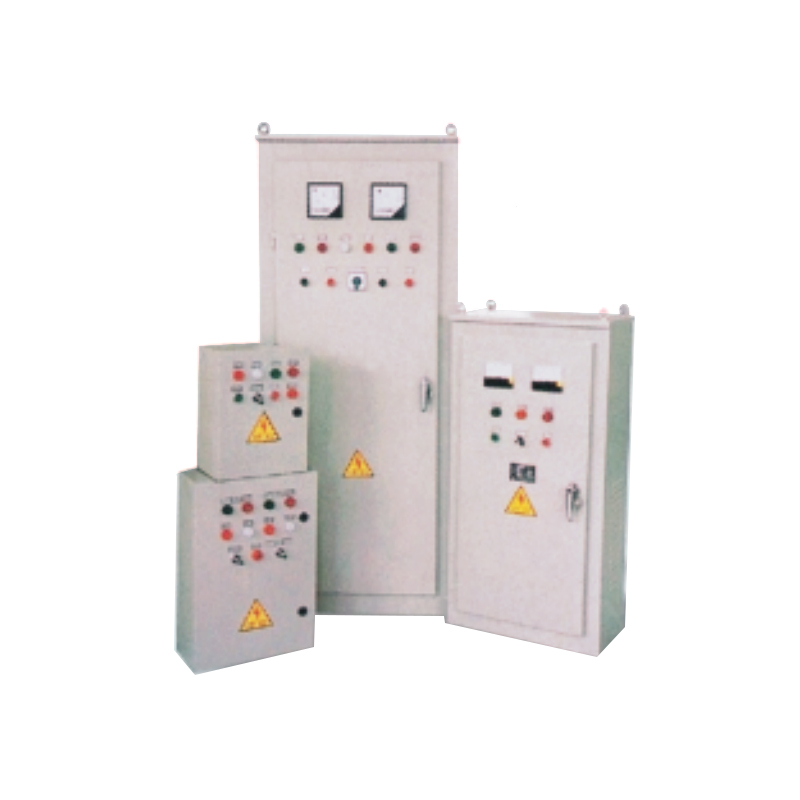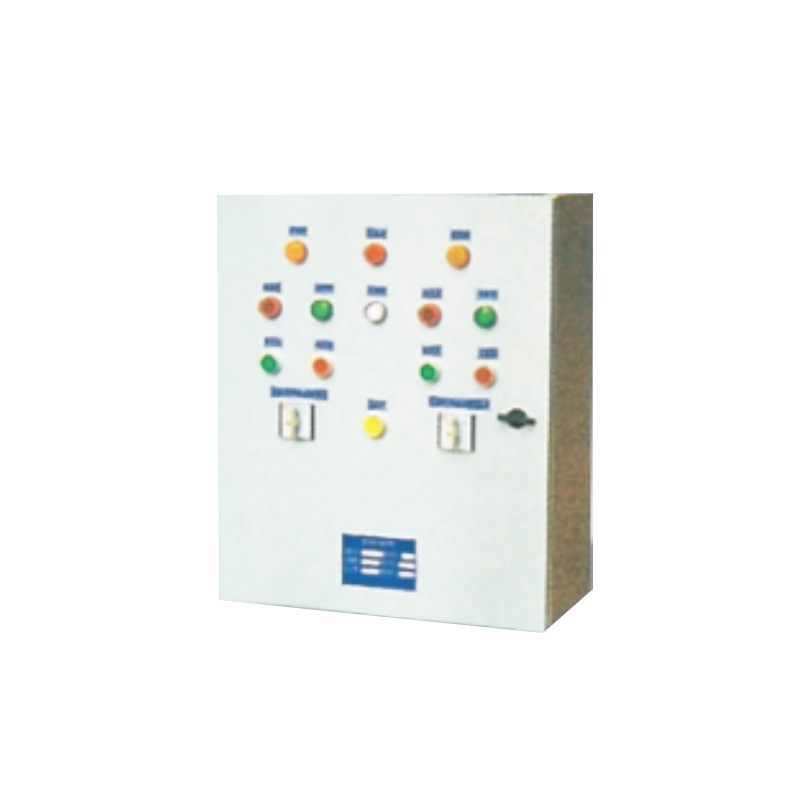The sewage pump industry plays a critical role in modern infrastructure, supporting the effective management of wastewater in both urban and rural areas. Sewage pump factories are responding to this demand by enhancing p...
READ MOREElectrical Control Cabinets Manufacturers
Electrical control cabinets are enclosures designed to house electrical control devices and systems, including switches, relays, circuit breakers, and other components crucial to the automation and protection of electrical systems. These cabinets are built to ensure the smooth functioning of electrical circuits while providing protection against environmental factors such as dust, moisture, and temperature toughs. They are used to manage and control electrical power distribution, automation, and protection in various types of machinery and processes.
Key Features
1. Advanced Protection Functions
One of the primary advantages of electrical control cabinets is their comprehensive protection features. These cabinets are equipped with various safety mechanisms to prevent damage to both equipment and personnel. Protection functions include:
Overload Protection: Prevents equipment from running beyond safe operating conditions.
Short Circuit Protection: Safeguards against electrical shorts that can cause severe damage or fires.
Phase Loss Protection: Detects phase imbalances or missing phases in three-phase power systems, ensuring the continued smooth operation of the connected equipment.
Motor Overheating Protection: Prevents motors from overheating, which can lead to failure or fire hazards.
Leakage Current Protection: Detects any potential leakage, reducing the risk of electric shocks or fire hazards.
These protection features ensure that the electrical control cabinet can maintain long-term performance while safeguarding your operations.
2. User-Friendly Interface
Electrical control cabinets are equipped with clear status displays, allowing operators to easily monitor the system’s health and performance. Whether it’s displaying system faults or showing operational status, the built-in indicators offer real-time insights into the performance of the equipment.
3. Flexible Pump Control Modes
Electrical control cabinets can be configured to operate water pumps in various modes depending on the system requirements. This includes:
Single Pump Mode: Operates one pump at a time.
Multiple Pump Mode: Controls multiple pumps simultaneously, ensuring balanced workload distribution and backup capabilities.
Main-Standby Pump Switching: Automatically switches between the primary and backup pumps to ensure continuous operation, even during maintenance or failure of one pump.
This flexibility ensures that your system can adapt to varying needs and continue functioning without interruption.
4. Versatile Pump Startup Methods
The electrical control cabinets are designed to handle different types of pump start-up methods, which can be selected based on the specific conditions of the system, such as power supply characteristics and load conditions. These methods include:
Direct Start: A straightforward and cost-effective method, suitable for systems with low power requirements.
Autotransformer Start: Reduces inrush current, which is ideal for pumps with higher power ratings.
Soft Start: Provides smooth ramp-up of the motor, minimizing mechanical stress and electrical spikes.
Variable Frequency Drive (VFD) Start: Provides high level of control by adjusting motor speed, ensuring energy efficiency and reducing wear.
Depending on your application and needs, choosing the correct starting method can optimize performance and save on energy consumption.
5. Wide Application Range
Electrical control cabinets are indispensable in various industries and applications. They are extensively used in:
Building Water Supply and Drainage: Managing the automatic control of pumps for water distribution and drainage systems.
Fire Protection Systems: Ensuring the reliability of firefighting pumps and systems, keeping them operational during emergencies.
HVAC Systems: Controlling pumps for heating and cooling circuits in air conditioning and ventilation systems.
Sprinkler Systems: Managing the water pressure in sprinkler systems, ensuring effective fire suppression.
Cooling and Heating Circulation: Optimizing the operation of water pumps for heating and cooling purposes in various industrial and commercial setups.

-
-
The demand for efficient and reliable water pumping systems has been steadily rising across the globe, driven by both environmental challenges and the need for effective water management solutions. Industries, municipali...
READ MORE -
A diesel engine pump factory is a critical manufacturing center that produces engine‑driven pump units designed for applications in agriculture, construction, municipal water, and industrial fluid handling. In such a fac...
READ MORE







 浙公网安备33032402001888号
浙公网安备33032402001888号
